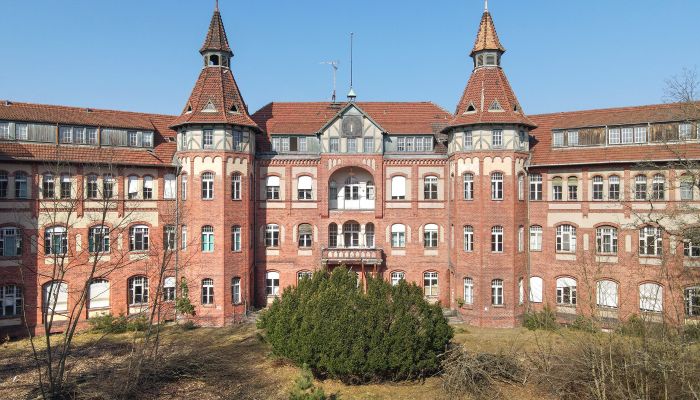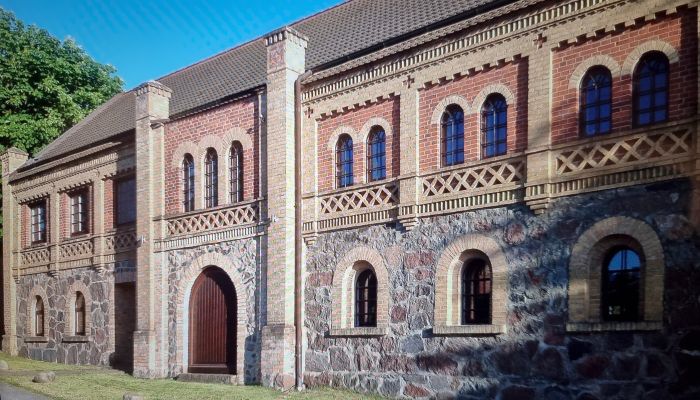How a historic manor house in Posterstein, threatened by decay, was brought back to life. A local association in Thuringia shows that restoring and revitalizing historic properties does not always have to be a "bottomless pit" and provides a model solution for long-term vacancy in rural areas.
Opaque ownership structures, cash-strapped owners, speculative intentions and unrealistic price expectations often prevent necessary preservation measures, delaying restoration and reuse for years. Hundreds of monuments in Thuringia are still at risk of decay. Schloss Reinhardsbrunn, Jagdschloss Hummelshain, or Schloss Poschwitz near Altenburg are among the more prominent problem properties in the Free State of Thuringia.
Not every building can be preserved – many have already been removed from the monument list. The Jagdschloss Rathsfeld in the Kyffhäuser district is one of them and has long been classified as a Lost Monument. Vacancy lasted too long and the damage was too great.
However, the so-called "old castles in the middle of nowhere," once considered undesirable, are now increasingly attracting attention and building a growing following. Where previously only a limited circle of individuals or companies showed interest, there are now newcomers from everyday life: people escaping unaffordable housing in overcrowded cities and seeking to fulfill their dream of living independently.

Together, not alone – new life in the countryside
What once seemed like a hopeless case has turned into a success story in Posterstein. The historic manor opposite the castle has come alive – bringing with it the certainty that rural living does not mean being isolated.
The small community in Altenburger Land has been shaped for centuries by the medieval hill castle, long a tourist attraction. The manor house, on the other hand, a historicist building, had been empty since the early 1990s. It silently deteriorated for decades until, in 2015, the Förderverein Burgberg e.V. decided to acquire it from a private owner and make a vision a reality.
With tireless effort, supported by politics and business, a model project for rural development emerged in just four years. Today it is called “Together, not alone – Living, Working and Relaxing on the Burgberg” and combines housing with community life. It now includes eight rental apartments, two holiday apartments, leisure and common rooms, a popular fitness studio and a café. For older residents, there is a mobile pedicure service and an accessible bathroom and a farm shop with regional products is already planned.
The project has attracted overwhelming interest. All apartments were quickly rented and the tourist facilities are increasingly popular. Where there was once stagnation and vacancy, there is now a vibrant place that brings people together.
Posterstein demonstrates: with courage, creativity and the right framework conditions, historic houses in rural areas can get a second chance – and become new meeting points for entire regions.
 RTICO
RTICO
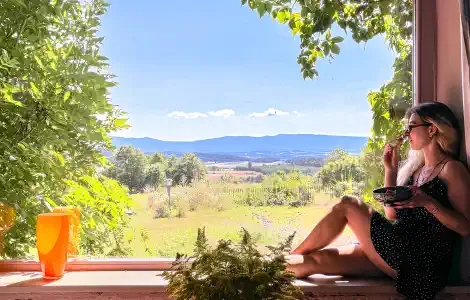


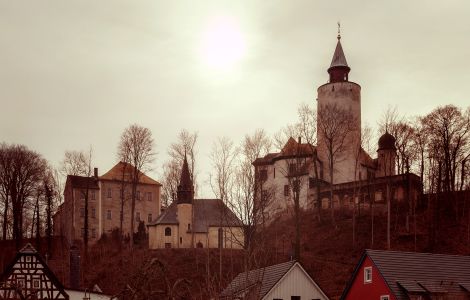
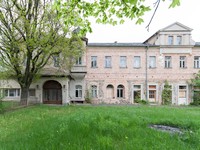
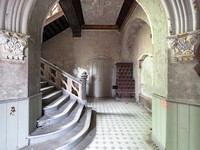




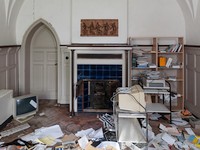
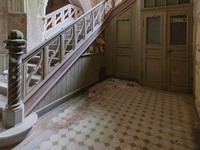
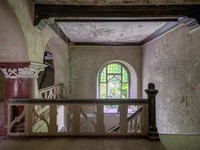



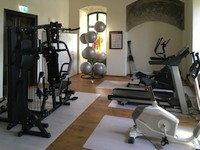

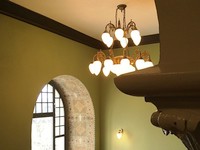
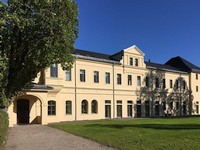





 Berlin
Berlin


